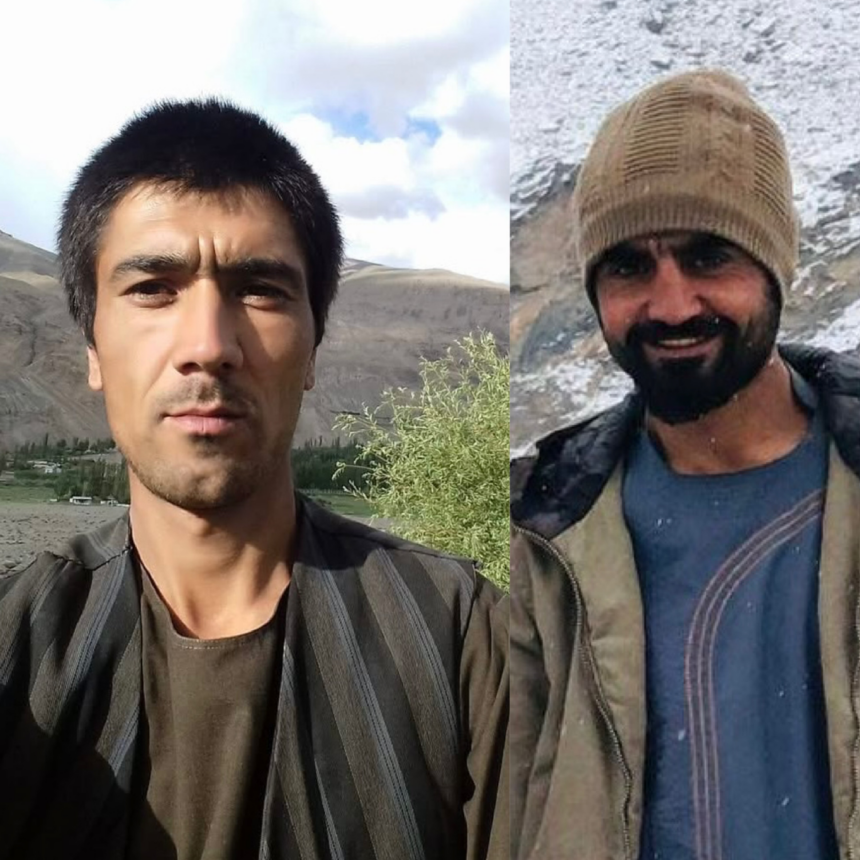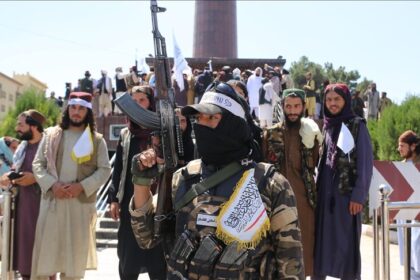RASC News Agency: Three miners have lost their lives and another has been critically injured following a deadly mine collapse in Ishkashim district, Badakhshan province. The incident occurred late Sunday evening, May 11, in the Safaid Awring region, after a section of the Biroj mine where dozens of workers were reportedly engaged suddenly gave way. Local sources confirm that all the victims were miners who became trapped beneath the debris at the time of the collapse. The surviving worker sustained severe injuries and remains in critical condition. The remoteness of the area, coupled with the absence of emergency response mechanisms, severely hampered rescue efforts.
The collapse has once again highlighted the dire state of mine safety in Badakhshan, a resource-rich province plagued by lawlessness, neglect, and systemic oversight failure. The province’s mines, often operating without formal regulation or safety protocols, have become increasingly deadly especially under the Taliban’s de facto rule, which has prioritized mineral extraction over human safety. Community leaders and rights advocates have long warned of the catastrophic risks facing laborers in these unregulated mining operations. Their calls for the implementation of basic safety standards have gone unanswered. “We are repeatedly witnessing the loss of innocent lives not due to unavoidable disasters, but as a direct result of structural neglect and absence of accountability,” said a local civil society member in Ishkashim, speaking anonymously.
The Taliban’s administration has consistently failed to enforce occupational safety regulations across Afghanistan’s extractive sectors. Instead, mining activities are often exploited for revenue by armed actors with little regard for labor rights or human welfare. With no independent regulatory body, no inspections, and no labor protections in place, workers are sent into hazardous shafts with no guarantee of survival. This tragedy is part of a broader and worsening pattern. In recent years, Afghanistan’s mining sector has come under scrutiny for rampant exploitation, child labor, and frequent fatal accidents. The international community, while eyeing Afghanistan’s untapped mineral wealth, cannot ignore the profound human cost behind it.
If no urgent interventions are made either through local reform or international pressure Afghanistan’s mines will continue to serve as death traps for vulnerable workers. The lives lost in Ishkashim are yet another grim reminder of the human toll of Taliban misrule and systemic neglect.






